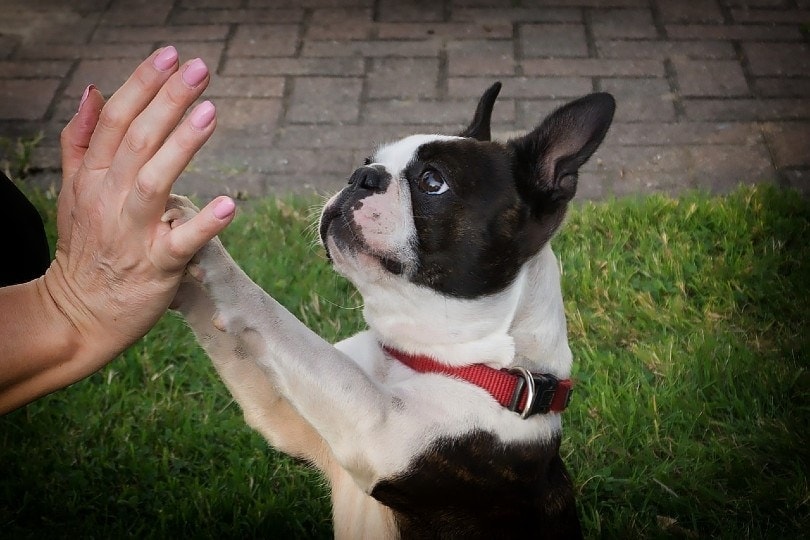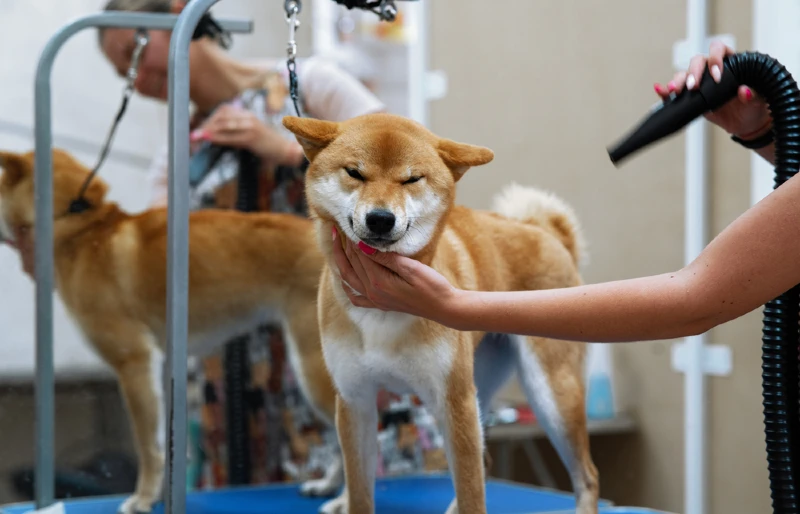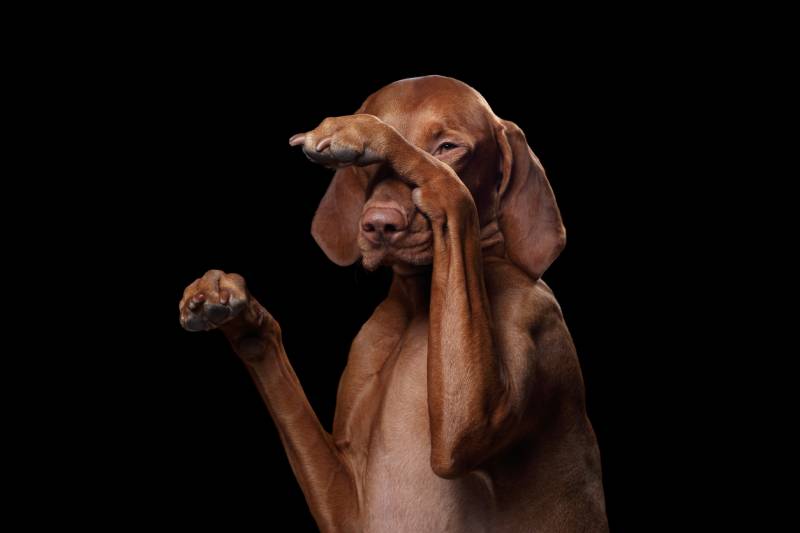Do Maltese Shed a Lot? (Tips to Reduce Shedding & FAQ)

Updated on
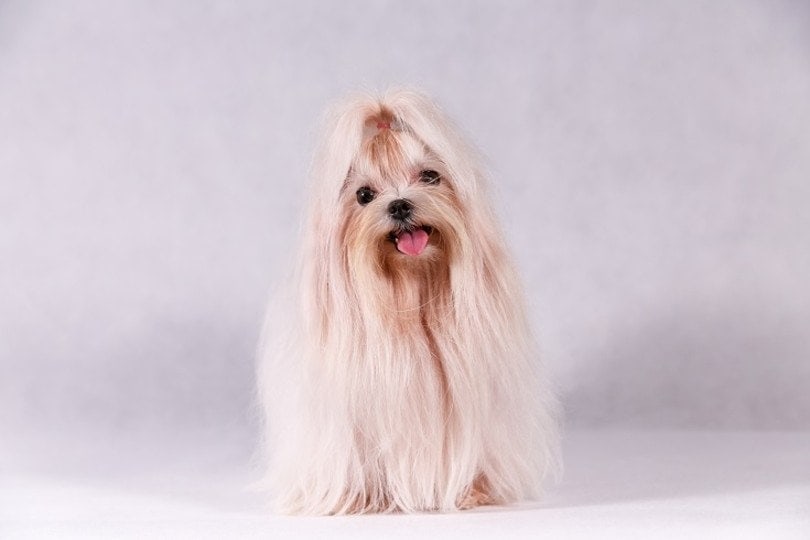
Maltese are beautiful, lively little dogs. They are known for their long, silky white coats and bright eyes that seem to twinkle with happiness. But as lovable as these pooches may be, there’s one thing they are not known for: their shedding habits. As a matter of fact, Maltese are considered to be a non-shedding breed of dog. Let’s learn more.
Shedding Habits in Maltese Dogs
Maltese are considered one of the least shedding breeds due to their single-layered coats. They don’t have an undercoat, which is what typically causes most dogs to shed. However, that does not mean they won’t shed at all. Maltese will still shed some hair here and there, but typically not in the same large quantities as other breeds.
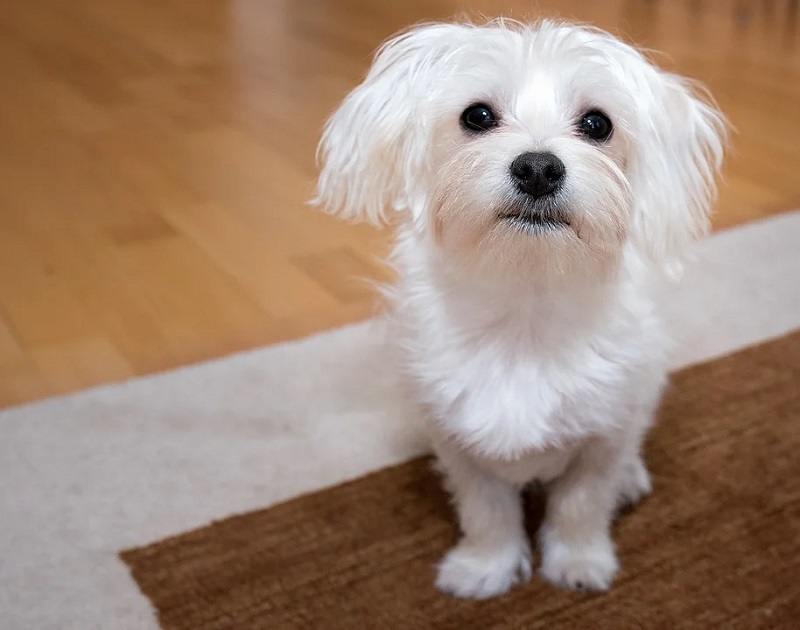
The Maltese Coat
The Maltese coat is made up of single-layer fur that feels silky and soft to the touch. This single layer of hair helps prevent heavy shedding since it doesn’t hold onto dead or excess fur as much as double-layer coats do. The length of the coat also makes a difference in terms of shedding; longer coats tend to collect more dirt and dander, which can lead to increased shedding.
The Maltese Coat and Allergies
Another advantage of the Maltese breed is that their coats are often hypoallergenic, which means they won’t trigger allergies in people who have pet allergies. This isn’t always true, as some individuals may still be allergic to a Maltese’s dander or saliva. If you suffer from pet allergies and are considering getting a Maltese, it’s best to spend time around one first to see how you’ll react before getting one.
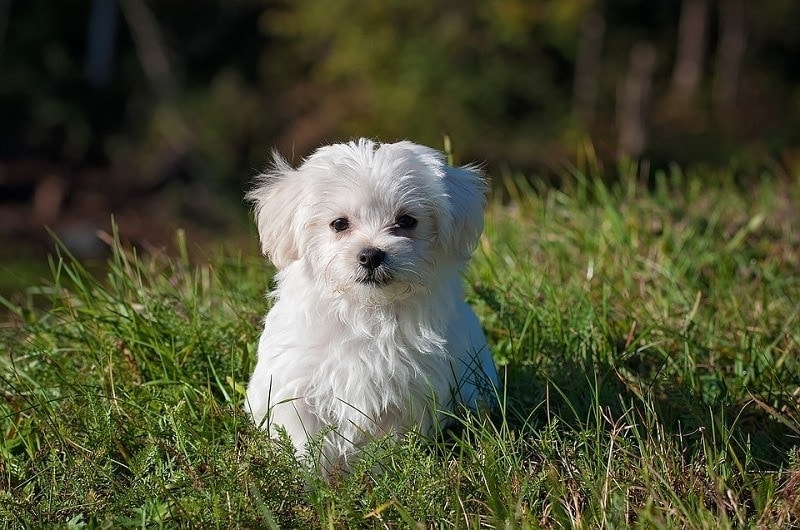
Grooming a Maltese
Maltese have long coats that require regular grooming. To help keep their coats healthy and free of tangles, they should be brushed daily and bathed every few weeks. It’s also important to clip their nails regularly and keep their ears clean. Regular grooming helps reduce shedding, as well as keeps your Maltese looking its best.
Essential Grooming Items for Caring for the Maltese
- A quality brush: A good pet brush helps prevent tangles and matting in the Maltese’s coat.
- Nail clippers and a nail file: For trimming your pooch’s nails every few weeks or so.
- Quality ear cleaner: For cleaning the ears of debris and wax buildup weekly or bi-weekly depending on your dog’s needs.
- A mild shampoo designed specifically for dogs: It should be free from harsh chemicals that could irritate your Maltese’s sensitive skin .
- Conditioner: To help keep their coats soft, shiny, and free of tangles.
- A quality slicker brush: For removing mats and tangles from the fur.
- Grooming scissors or thinning shears: To help shape up the Maltese’s coat as needed.
- A soft towel: To keep on hand when grooming your pooch in case they need a quick drying off.
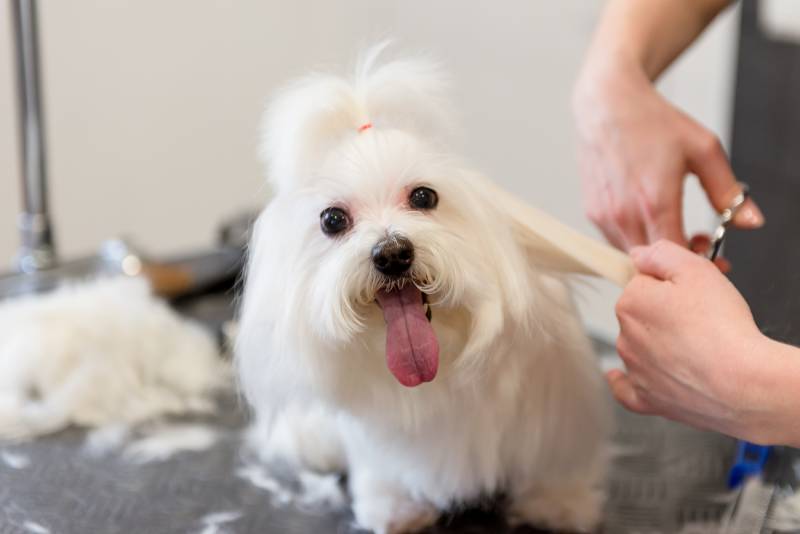
The 10 Tips for Reducing Shedding in Your Maltese
- Brush your Maltese daily with a soft brush or comb to help remove loose fur and keep the coat healthy.
- Bathe your Maltese every few weeks to help reduce excess shedding and maintain their coat’s health.
- Give your dog regular exercise, as it will help to regulate natural oils in the skin and hair.
- Consider investing in an air purifier for your home, as this can help capture pet dander that causes allergies.
- Feed your Maltese a high-quality diet that contains essential vitamins and minerals for a healthy coat.
- Keep up with regular vet visits to ensure any medical conditions causing excessive shedding are identified.
- Trim your Maltese’s nails on a regular basis, as long nails can trap dirt and debris that may trigger shedding.
- Groom your Maltese in the same area of your house to help contain any fur they might shed.
- Invest in an effective pet vacuum or dust mop to help capture excess hair.
- Consider using natural oils such as almond or coconut oil for their coats, which will help reduce shedding.
How to Properly Bathe and Groom a Maltese at Home
- Gently brush your Maltese’s coat with a quality brush before bathing to remove any mats or tangles.
- Wet your dog thoroughly in lukewarm water, making sure to avoid the eyes and ears.
- Gently massage a mild shampoo formulated for dogs into the fur, working from head to tail.
- Rinse the coat thoroughly, using clean warm water until all of the soap is gone.
- Pat your pooch dry with a soft towel and use a blow dryer on the lowest heat setting, if needed.
- Brush or comb through the coat while drying it, to help reduce matting.
- Trim the fur around your Maltese’s face and feet to give them a neat look.
- Clip their nails using special dog nail clippers and file with a nail file if needed.
- Finish off with a quality conditioner or natural oil to help keep the coat soft and shiny.
- Reward your pup afterwards with an extra special treat for being so well-behaved!
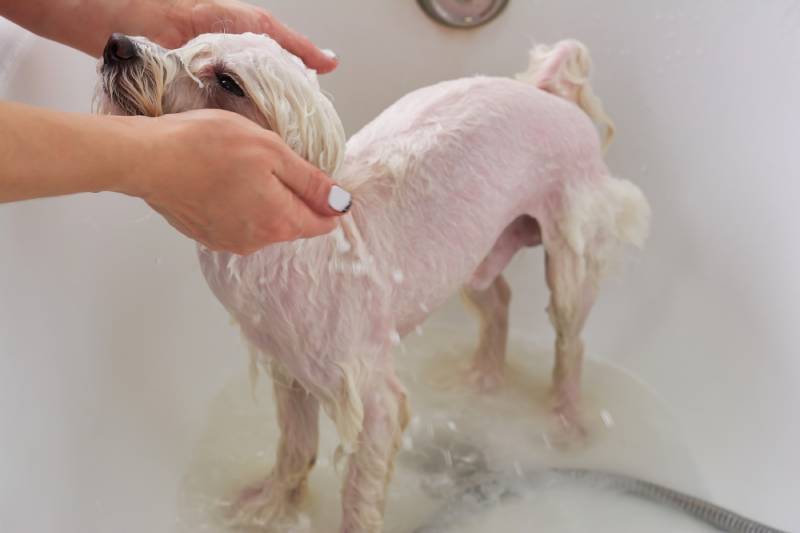
Helping Shy, Scared, and Timid Dogs During Grooming
Some Maltese may be nervous or hesitant about being groomed. If you want to groom your Maltese at home, start by getting your Maltese used to being groomed in short increments at first, gradually increasing the length of each session over time. Provide lots of praise and treats while grooming to reward them for their good behavior. Speak to them softly and gently, reassuring them that you won’t hurt them.
Make sure the tools you are using are appropriate for their size and breed, such as small brushes or combs with soft bristles. Be aware of signs of distress so that you can stop the session if needed, and always finish on a positive note. Also make sure the space where you are grooming is free from distractions such as noise or other animals. Be sure to allow plenty of breaks if needed throughout the grooming process so they don’t become overwhelmed.
If possible, try using a professional pet groomer who can help your pooch feel safe and secure during the grooming process. Bring along a favorite toy or blanket to help keep them calm and relaxed during the session. Take time to bond with them before and after grooming to ensure each session is as stress-free as possible.
There are a lot of pet shampoos on the market, but not all of them will keep your pet's skin and coat happy and healthy. The Hepper Pet Shampoo products are pH balanced and made with natural, safe ingredients like soothing oatmeal and aloe vera. Our shampoos will keep your pet clean, smelling fresh, and fully moisturized! The hardest part is deciding whether to get to traditional shampoo or the rinse-free version! Here’s a quick guide to help you choose the right option for your pet’s next bath!
 Hepper Colloidal Oatmeal Pet Shampoo |
 Hepper Waterless No Rinse Pet Shampoo |
|
|---|---|---|
| Natural cucumber & aloe scent |
Natural cucumber & aloe scent:
|
Natural cucumber & aloe scent:
|
| Safe for cats & dogs |
Safe for cats & dogs:
|
Safe for cats & dogs:
|
| Rinsing required |
Rinsing required:
|
Rinsing required:
|
| Free of harsh chemicals & nasty ingredients |
Free of harsh chemicals & nasty ingredients:
|
Free of harsh chemicals & nasty ingredients:
|
| Lathers easily |
Lathers easily:
|
Lathers easily:
|
Other FAQS About Shedding and Grooming Maltese Dogs
Q: Why is my Maltese dog shedding so much?
A: Excessive shedding can be caused by a variety of factors, including stress, poor diet, medical conditions such as allergies or skin infections, over-grooming or neglecting grooming altogether. Visiting your vet to rule out any medical issues should be your first step in trying to reduce excessive shedding in your dog.
Q: Does the type of food affect how much my dog sheds?
A: Yes, what your dog eats does play an important role in how much they shed. High-quality, nutritionally balanced dog food that is tailored to the needs of small breeds like Maltese will help keep their coat healthy and reduce shedding.
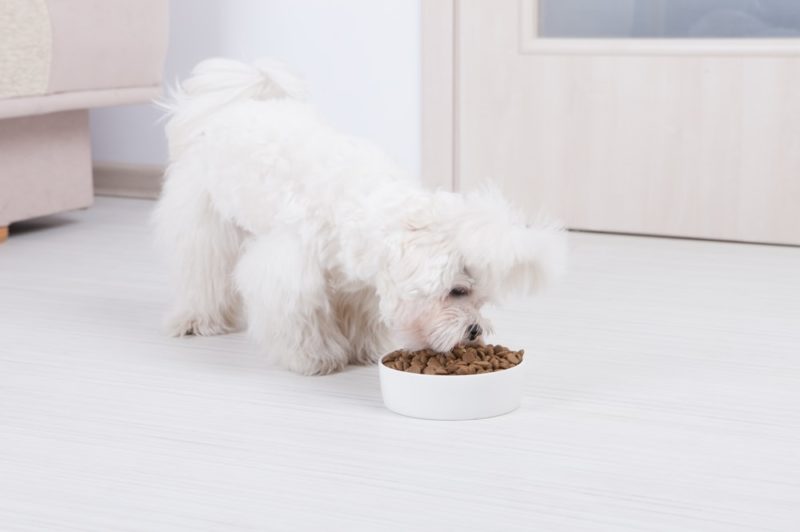
Q: Do Maltese get mats?
A: Yes, Maltese dogs can get mats in their coat if they are not properly groomed. Brushing them regularly and bathing them as needed will help to prevent matting, as well as using a quality conditioner after each bath.
Q: How often should I brush my Maltese?
A: You should aim to brush your Maltese at least once a week to keep their coat healthy and reduce shedding. They may need more frequent brushing during their seasonal shedding cycles or when they have grown out their fur significantly.
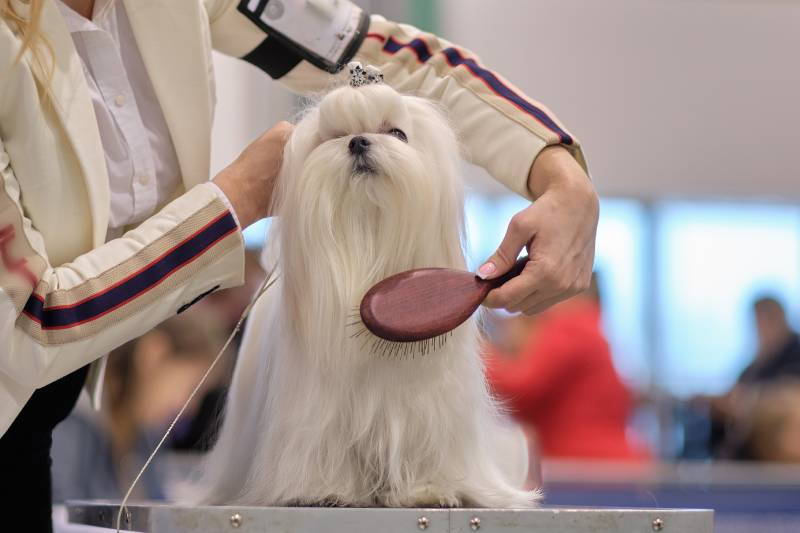
Q: How often should I groom my Maltese?
A: As a general rule, you should aim to groom your Maltese at least once every 2 weeks. This can vary depending on their individual needs and the type of fur they have, but regular grooming is essential for maintaining their health and hygiene.
Q: What type of brush should I use for my Maltese?
A: A soft bristle brush is best for brushing your Maltese’s coat. You can also use a slicker brush to help remove any tangles or mats that may have formed, but always be gentle and use it sparingly. A quality conditioner or oil can also help keep their coat healthy and reduce shedding.
Conclusion
While Maltese are considered a non-shedding breed of dog, they may still shed some hair here and there. Regular grooming is important for keeping their coats healthy and reducing the amount of shedding. With proper care, your Maltese can remain beautiful and free of excess fur!
Featured Image Credit: monster_code, Shutterstock

